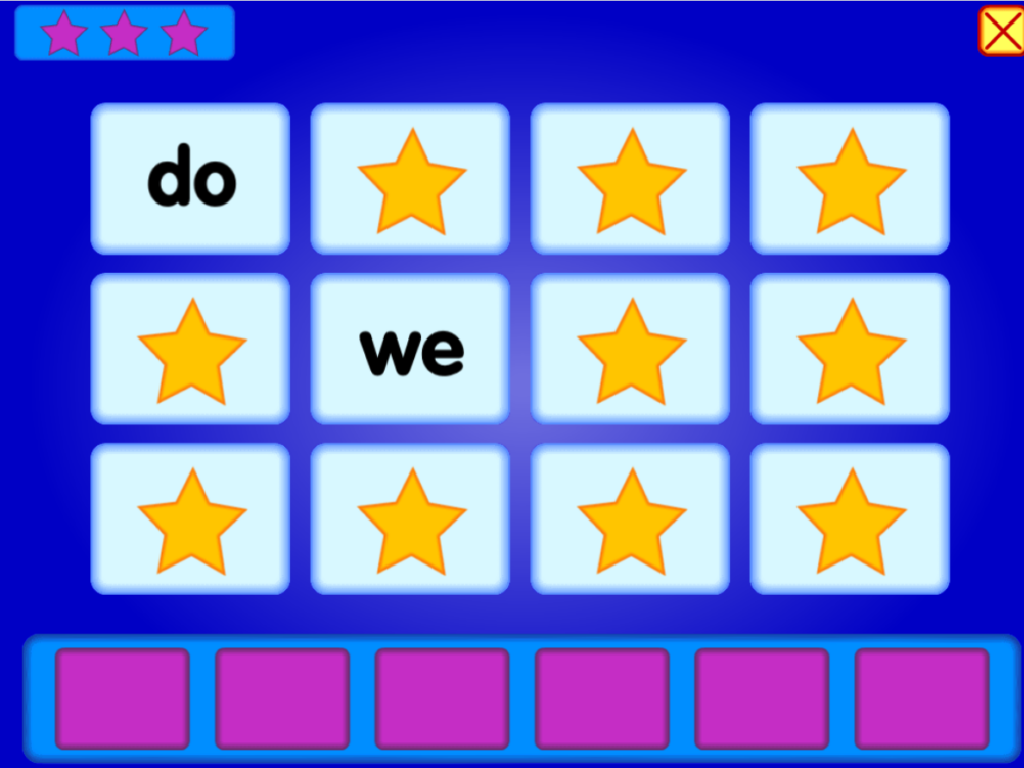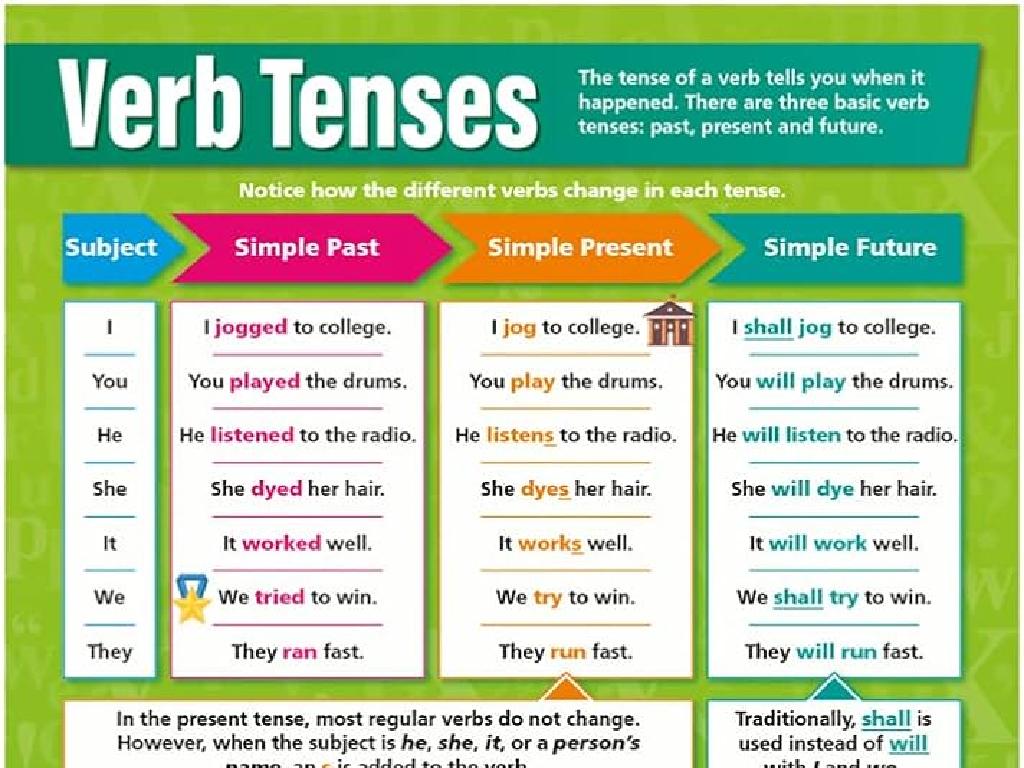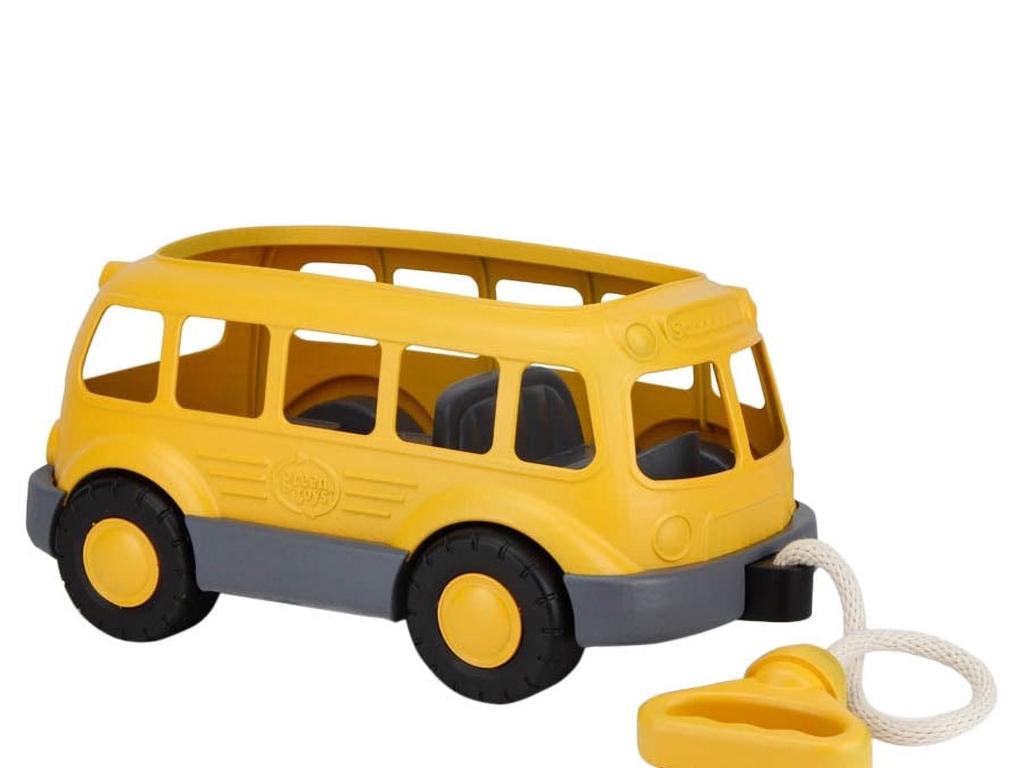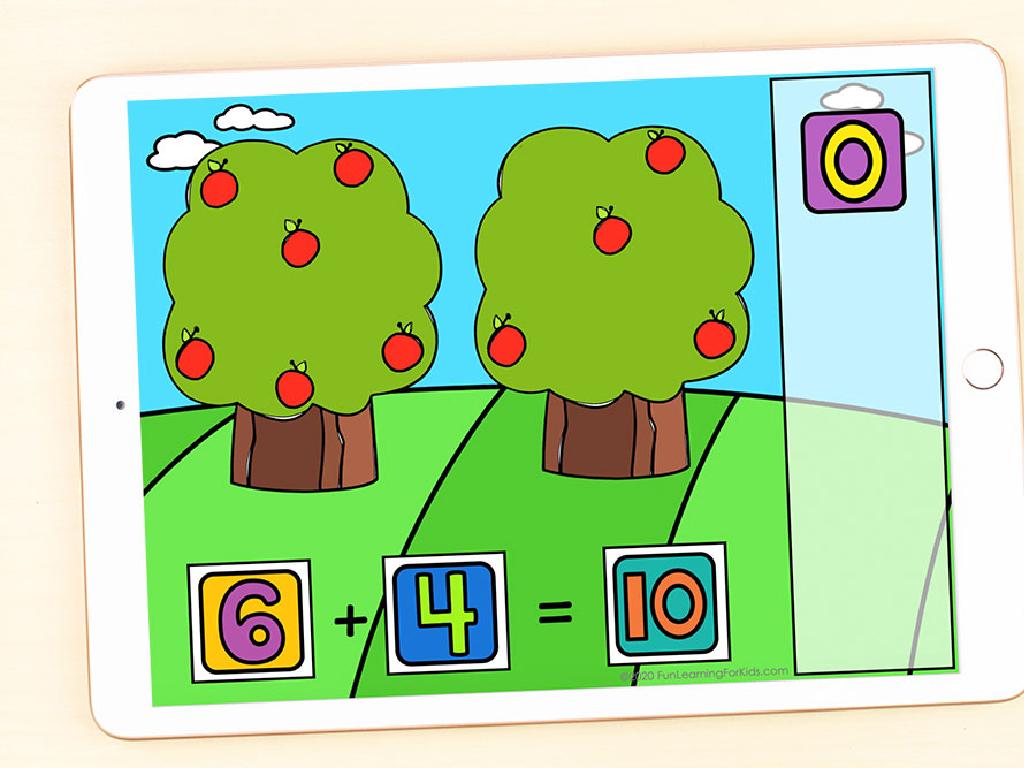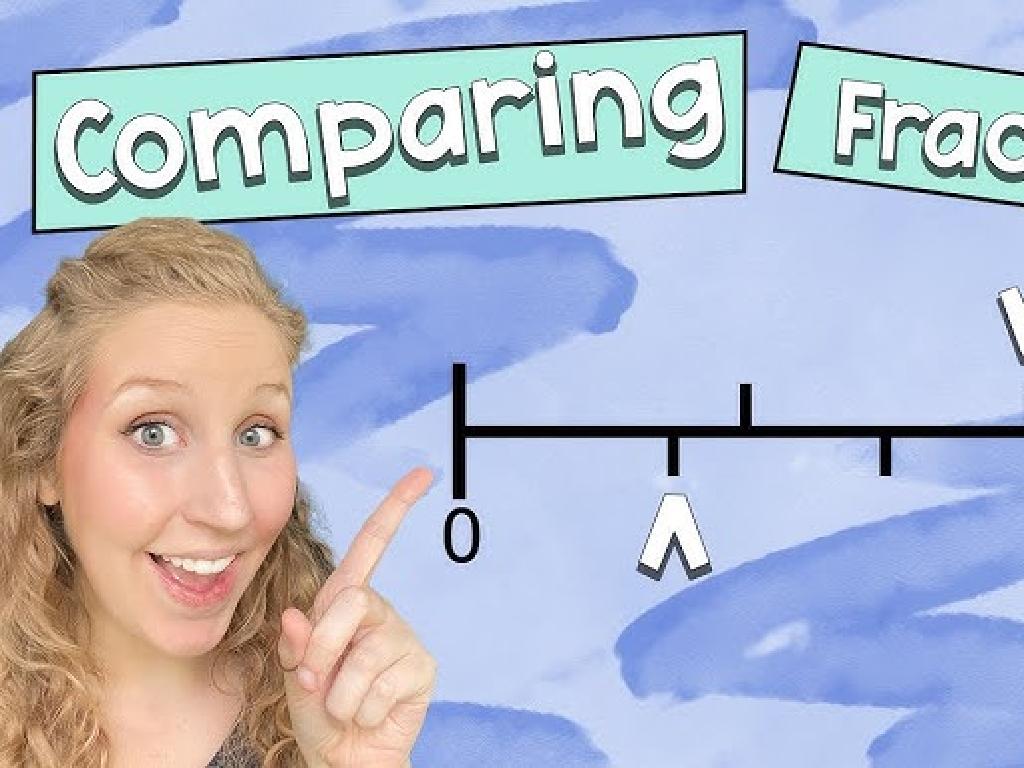Heating, Cooling, And Changes Of State
Subject: Science
Grade: Third grade
Topic: Phase Change
Please LOG IN to download the presentation. Access is available to registered users only.
View More Content
Today’s Adventure: Heating, Cooling, and Changes of State!
– Exploring states of matter
– Matter can be solid, liquid, or gas
– Effects of heating on matter
– Heating can melt solids or boil liquids
– Effects of cooling on matter
– Cooling can freeze liquids or condense gases
– Observing changes of state
– Watch water freeze & melt to see changes
|
This slide introduces the concept of matter and how it can change between solid, liquid, and gas when heated or cooled. Start by explaining the three states of matter: solids have a fixed shape, liquids flow and take the shape of their container, and gases spread out to fill their container. Discuss how adding heat to a solid can melt it into a liquid, and adding more heat can turn it into a gas (boiling). Conversely, removing heat from a gas can condense it into a liquid, and further cooling can freeze it into a solid. Use water as an example, showing how it freezes to become ice and melts back into water with changes in temperature. Encourage students to think of other examples and to observe these changes at home or in the classroom.
Exploring States of Matter
– Matter makes up everything
– Matter has 3 main states
– Solid, Liquid, and Gas
– Each state has unique properties
– Solids hold shape, liquids flow, gases fill space
– Observing matter around us
|
This slide introduces the concept of matter and its three main states: solid, liquid, and gas. Begin by explaining that everything in the environment is made of matter. Discuss the three states of matter, emphasizing that solids have a fixed shape, liquids take the shape of their container, and gases expand to fill their container. Use relatable examples such as ice (solid), water (liquid), and steam (gas) to illustrate the different properties. Encourage students to look around and identify objects in the classroom that are solids, liquids, and gases.
Heating Things Up!
– Heating turns ice into water
– Like when ice cubes melt on a sunny day
– Melting: solid to liquid
– Melting is when solid ice becomes liquid water
– Heat speeds up particles
– Heat adds energy to ice, making particles vibrate quicker
– Particles move faster in liquids
– In water, particles slide past each other easily
|
This slide introduces the concept of phase changes due to heating, specifically melting. Begin by discussing what happens to a familiar solid, like ice, when it is heated. Explain that melting is the term used when a solid turns into a liquid, and this occurs because the heat makes the particles within the solid move faster. As the particles gain energy from the heat, they start to vibrate more quickly until they can move past each other, forming a liquid. Use examples like ice melting into water on a warm day to help students visualize the process. Encourage students to think of other examples of melting they have observed in their daily lives.
Cooling Things Down: Freezing
– Cooling a liquid affects its state
– Water turns solid when frozen
– Like water turning into ice cubes in a freezer
– Freezing is when liquid becomes solid
– The process of a liquid becoming a solid is called freezing
– Cooling slows down particle movement
– Particles in matter move slower when they are cooled
|
This slide is about the effects of cooling on liquids, specifically water. When a liquid is cooled, it can change into a solid through the process of freezing. For example, when water is put into a freezer, it turns into ice. This happens because the particles in the liquid slow down as they lose heat, eventually becoming so slow that they fix into place, forming a solid. It’s important for students to understand that temperature can change the state of matter by affecting the speed of particles. A fun activity could be to have students freeze small containers of water at home and observe the process.
Boiling and Evaporation
– Heat turns liquid into gas
– Like water heating up and disappearing!
– Boiling water becomes steam
– Evaporation is when boiling water changes to steam
– Gas particles move fast
– Particles spread out far
– They take up more space than when they were liquid
|
This slide introduces the concepts of boiling and evaporation as part of the phase change topic. Explain that when a liquid gets very hot, it changes into a gas. Use boiling water as a relatable example, describing how it turns into steam, which is a type of gas. Discuss how the gas particles move quickly and spread out, taking up more space than they did in the liquid state. This can be demonstrated with a simple experiment of boiling water and watching the steam rise. Encourage students to think about other examples of evaporation they’ve seen, like puddles drying up on a sunny day.
Condensation: Gas to Liquid
– Gas cools down and changes
– Condensation: Gas to liquid
– When a gas cools, it can become a liquid, like water from steam
– Steam to water droplets example
– Like when a bathroom mirror fogs up after a hot shower
– Observing condensation
|
This slide introduces the concept of condensation, which is a type of phase change. It’s important for students to understand that when a gas cools down, it can change back into a liquid; this process is called condensation. A relatable example for the students is the transformation of steam into water droplets on a cold surface, such as when a mirror fogs up after a hot shower. Encourage the students to think of other examples of condensation they have observed in their daily lives, like the outside of a cold drink cup ‘sweating’ on a hot day. This will help them connect the concept to real-world experiences.
Let’s Review: Changes of State
– Melting: Solid becomes liquid
– Like ice melting into water
– Freezing: Liquid turns into solid
– Water freezing into ice cubes
– Evaporation: Liquid changes to gas
– Water disappearing from puddles
– Condensation: Gas transforms to liquid
– Dew forming on grass from air
|
This slide is a recap of the different phase changes that matter can undergo. Melting occurs when a solid, like ice, gains enough heat to become a liquid. Freezing is the opposite; it’s when a liquid loses heat and becomes a solid, like water turning into ice. Evaporation happens when a liquid gets heated up and turns into a gas, which you can see when water vanishes from a puddle on a hot day. Condensation is when a gas cools down and changes back into a liquid, which is how dew forms on the grass in the morning. Encourage the students to think of more examples and to demonstrate their understanding with simple experiments, like melting ice in their hands.
Class Activity: Melting and Freezing
– Observe ice melting
– Discuss ice in a warm room
What changes do you expect with the ice?
– Observe water refreezing
– Predict changes in states
What do you think will happen to the water?
|
This class activity is designed to help students understand the concepts of melting and freezing as part of phase changes. Provide each student or group with a small ice cube and let them hold it in their hands or place it on a plate in the warm classroom. Ask them to observe and describe what happens to the ice over time. Then, have them place the resulting water into a freezer and predict what will happen. After the water has had time to freeze, discuss the changes they observed. Possible activities: 1) Measuring the time it takes for ice to melt at room temperature. 2) Comparing the melting rate in different areas of the classroom. 3) Drawing the ice at different stages of melting. 4) Refreezing water in different shapes or containers to observe how it expands. 5) Discussing why water expands when it freezes and contracts when it melts.
Conclusion: Matter Transformation
– Celebrating young scientists
– Heating & cooling change matter
– Like water boiling or ice melting
– Matter is everywhere
– It can change from one form to another
– Solid ice to liquid water to gas steam
|
Well done to all the third-grade scientists for learning about how heating and cooling can cause matter to change its state. It’s important to remember that matter makes up everything in the world around us, and it can exist in different forms, such as solids, liquids, and gases. These changes are part of our daily lives, like water turning into ice in the freezer or steam rising from a pot of boiling water. Encourage the students to observe these changes at home and share their experiences in the next class. This will help reinforce their understanding of the concepts of heating, cooling, and phase changes.

